Let’s get physical! Physical activity is beneficial for your physical and mental health. During the uncertain times of the COVID-19 pandemic, it’s best to workout outside while maintaining a physical distance from others.
However, it’s not always possible to exercise outside. It may be snowing or raining. You may not live close to lakes or trails. Or you may not feel safe walking or running around your own neighborhood.
That’s why as gyms, fitness centers, and various sports start to open this fall, you may be asking yourself, Do I need to wear a mask while I’m working out? Spoiler: the answer is YES!
It is totally possible to work out with a mask on. It’s a fact that masks don’t decrease the amount of oxygen getting into your lungs.
Here are a few things to keep in mind before masking-up and jumping into your workout.
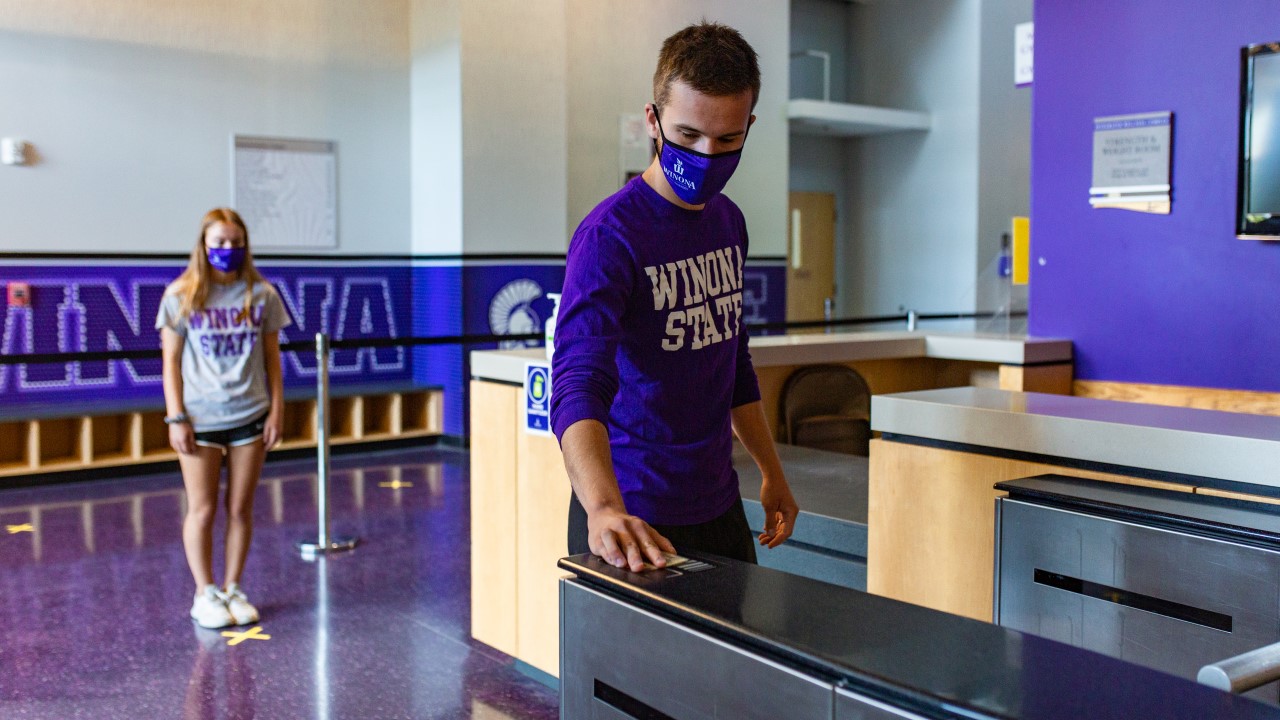
Go the Distance with Physical Distancing
Masks are an effective tool for combating the spread of COVID-19. However, they’re only successful in reducing the spread when paired with physical distancing and proper disinfecting.
That means while you’re working out or exerting yourself in any capacity, the guidelines for physical distancing increase from six feet to 12 feet.
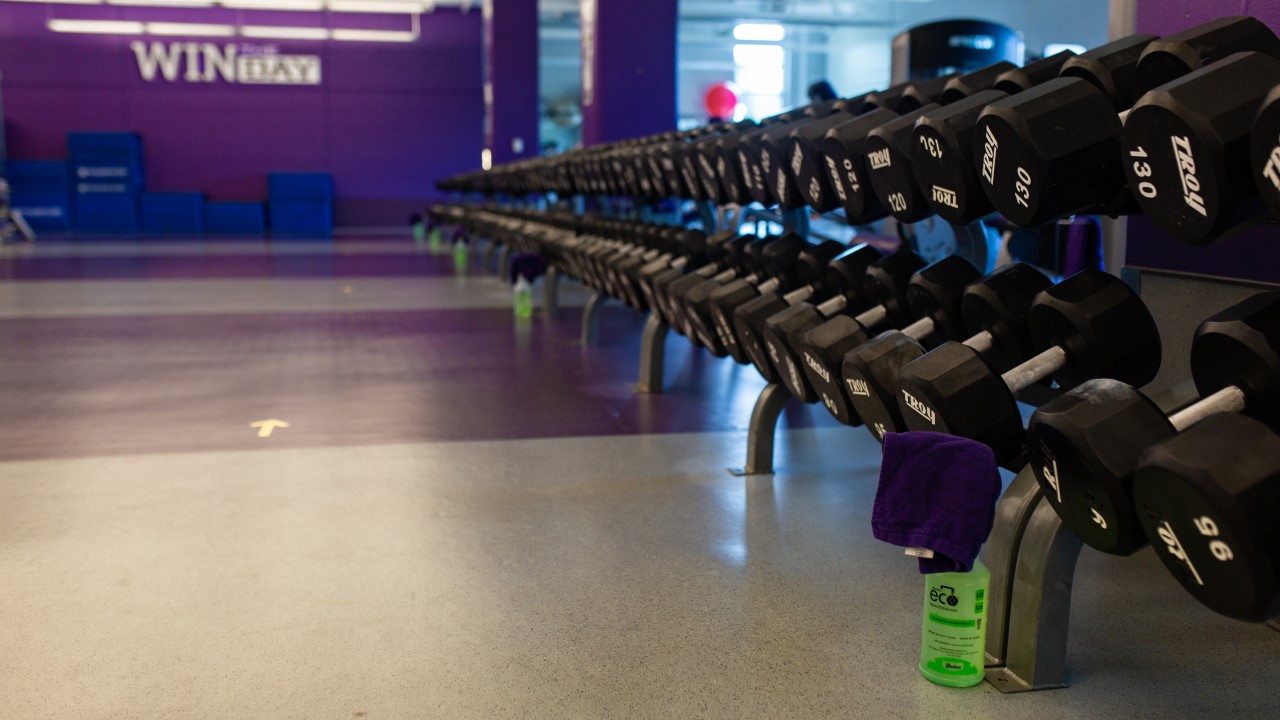
Slow & Steady Wins the Pandemic Exercise
If you feel uncomfortable about wearing a mask while working out, start small by going for a walk with a mask on before diving into a high-intensity workout. Practice wearing your mask for a few hours a day with light physical activity. Maybe start with a 30-minute walk around the block... or the beautiful Lake Winona.
Slowly increase the amount of time you wear your mask and the intensity of the workout until you feel comfortable. Once you’ve gotten your body and breathing familiar with working out while wearing a mask, then try ramping up your exercise.
Expect that you may not be able to perform at your usual fitness level. You may experience an elevated heart rate, especially when you’re running uphill or doing other intense workouts. This doesn’t mean that you have a decreased amount of oxygen—it’s your body’s natural response to potential breathing restrictions. Watch your pace in case you experience lightheadedness, dizziness, numbness or tingling, and shortness of breath.
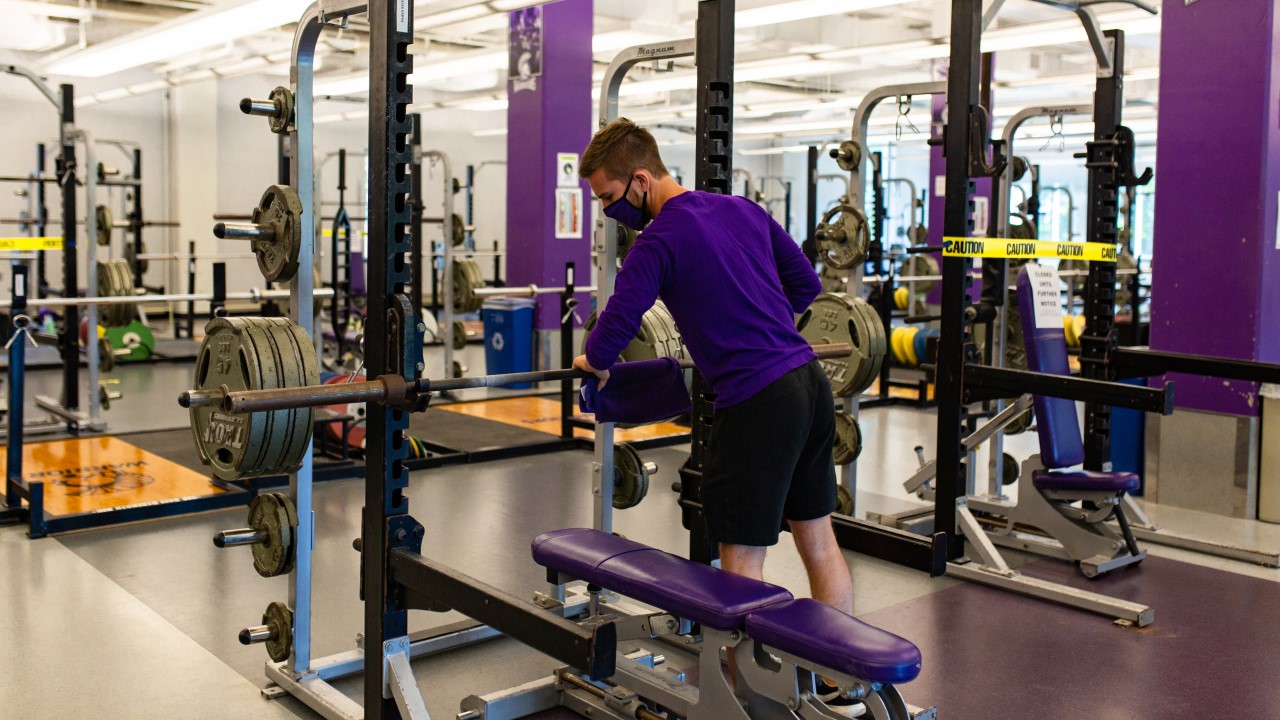
Cover Up the Right Way
Find the right type of mask for working out.
Paper and disposable masks can have an increased amount of moisture build–up. This causes the mask to become wet, which reduces the effectiveness of the mask’s ability to block germs.
Look for masks that’re made from breathable cotton fabrics that can help absorb the increased amount of moisture.
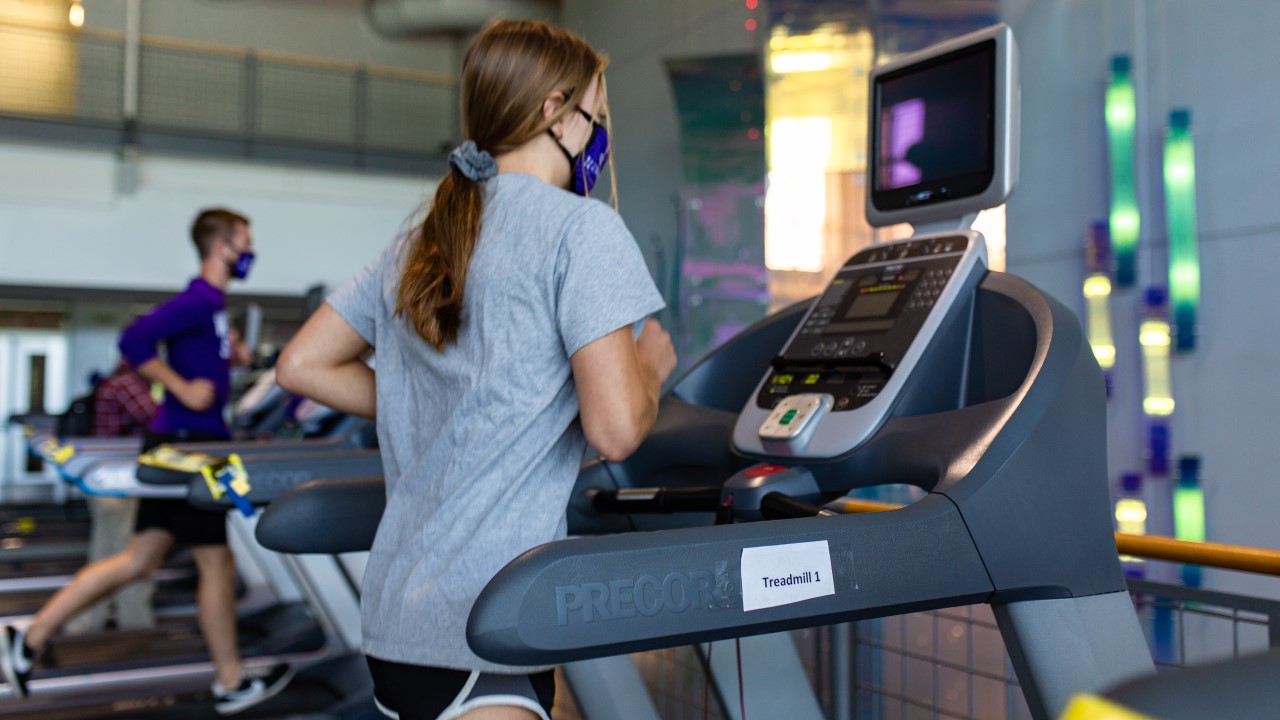
Stock Up on Masks
Consider bringing multiple masks to your workout if you’ll be exercising for more than 30 minutes. This will allow you to change your mask in case one becomes too wet with moisture.
Remember to not touch the front of the mask while removing it, and you should place it in a plastic zip-lock bag to bring back home to wash.
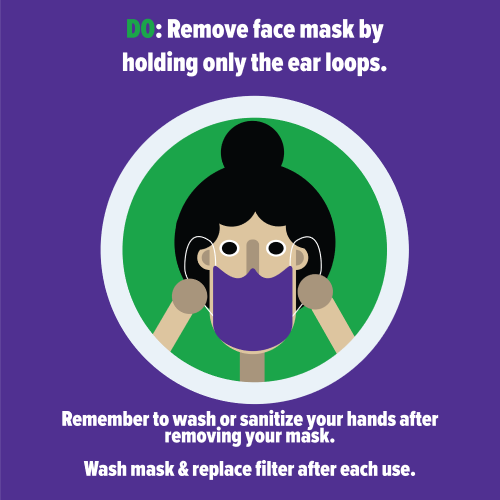
Check In with Yourself
If any of your symptoms become too intense, slow down your workout. If you experience either lightheadedness or dizziness while you exercise, take some deep breaths and slow your pace. Should this continue, slowly make your way outside and keep away from others. Then remove your mask by the ear loops to get some fresh air.
The COVID-19 pandemic doesn’t have to be your excuse for not prioritizing your physical and mental health. So, go on and get physical!
– Amy Nelson ’19